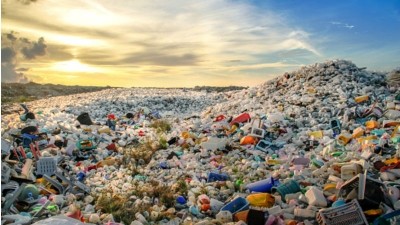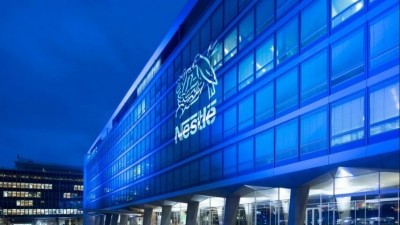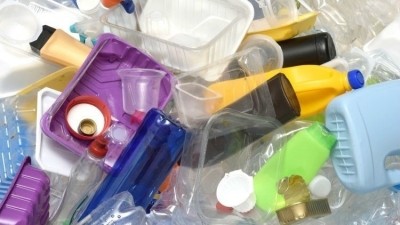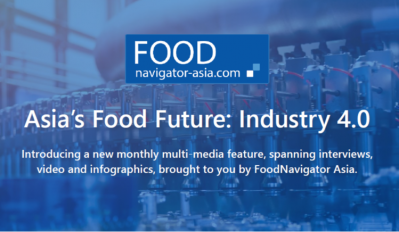Strengthening stainability: Nestle Philippines’ hit 75% recyclable packaging milestone but ‘more work to do’
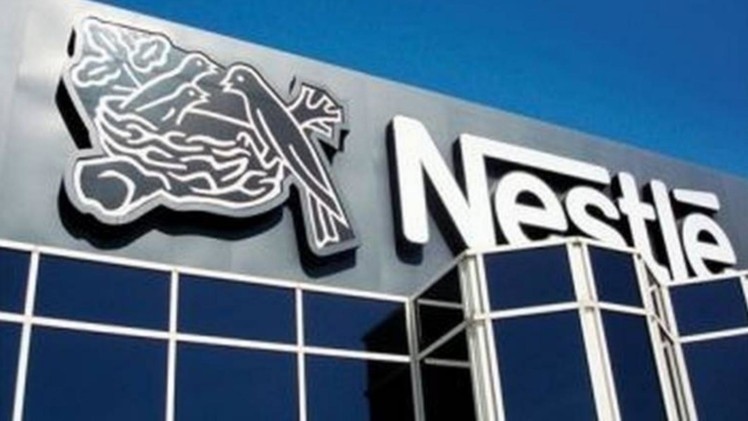
In a statement to FoodNavigator-Asia, Nestle Philippines Chairman and CEO Kais Marzouki has confirmed that ‘at least 75% o [Nestle Philippines] packaging is designed for recycling’.
“[That said], although 75% of our packaging is recyclable, [this] doesn’t mean that it’s being recycled. So we need, and we are working with other companies and with government, to try to create a circular economy.”
One of these joint efforts has moved forward in the form of a government-backed collaborative pilot programme ‘May BALIK! Sa PLASTIK!’ with the Department of Education (DepEd) Valenzuela Division and Green Antz Builders.
Signed by Valenzuela City Mayor Rexlon T. Gatchalian, Marzouki, DepEd Assistant School Division Superintendent Dr. Benjamin D. Samson, and Green Antz Builders President Rommel Benig, the project aims to recover post-consumer waste laminates such as sachets and used beverage cartons (UBCs) by sorting and collecting them for co-processing, recycling and upcycling.
“[Nestle Philippines wants to address] post-consumer wastes that would otherwise go to landfills and leak into waterways and oceans [and through this programme hope] to help strengthen our proof of concept that we can later replicate in other cities,” added Marzouki.
Other current and upcoming sustainability initiatives
A Nestle Philippines spokeswoman added that all company sustainability initiatives focus on three key areas: Ensuring packaging is designed for recycling, ensuring available recycling facilities/recycling streams for the recyclable products, and educating consumers on these.
“Our goal is that all our brand packaging will be designed for recycling,” she said.
“[In developing our] ‘packaging of the future’ or recyclable packaging, the focus is to remove hard to recycle materials such as various plastics, [further] reducing packaging use where feasible, and search for alternative packaging materials.”
The development of recycling facilities be conducted via joint partnerships with government agencies and other companies, whereas education efforts will be focused on a comprehensive module for solid waste management in the company’s Nestlé for Healthier Kids Philippines programme.
“Our brands are accelerating initiatives in finding alternative materials and ongoing trials while ensuring product safety and quality. [Updates will be available] in due course.”
In accordance with Nestle’s 100% recyclable or reusable packaging by 2025 global commitment, the company will also be working with the Nestle Institute of Packaging Sciences to look at other packaging options in addition to its own efforts.
The plastic waste dilemma
Last year, Nestle Philippines was singled out as one of the country’s top three contributors to plastic waste alongside Unilever and PT Torabika Mayora after enormous waves of plastic waste were seen crashing into Manila shores.
The company was quick to clarify its stance on increasing recyclable packaging and reducing plastic use, but Marzouki has admitted that this will likely take some time and ‘cannot be achieved overnight’.
“We are aiming for plastic neutrality [as the end goal of the 2025 commitment], which in essence means we will recover plastics equal to what we produce,” he said.
“This cannot be achieved overnight. Plastics are today still an important packaging, helping us to provide safe and high quality products to a lot of consumers who can only afford one single serve at a time.
“So finding a way to create a circular economy, a circular movement of people finding value in collecting plastics and reusing and repurposing them, is [important] for us.”
